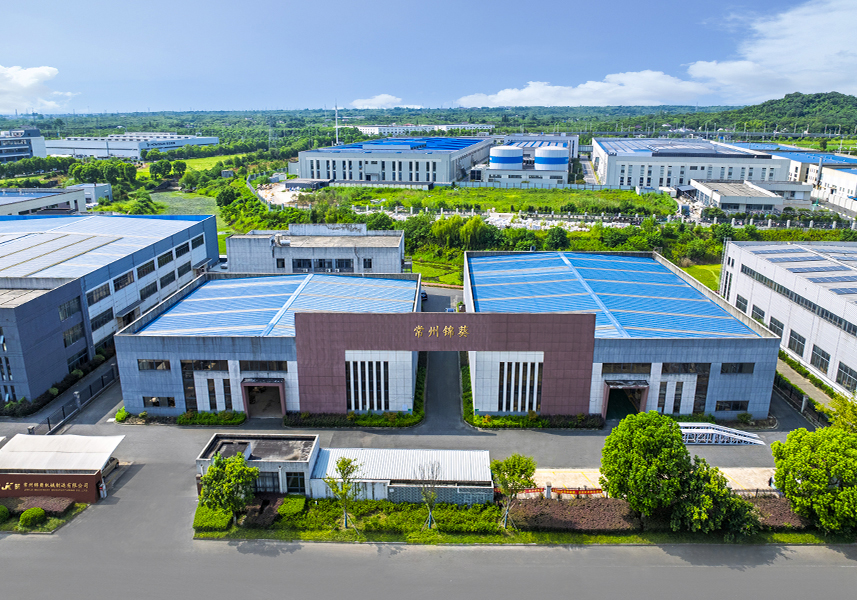1. Inlet/outlet centerline offset
The center of the feed port and the center of the outlet are offset by a certain distance along the rotor axis (usually 1/4~1/3 of the rotor length).
The rotor cavity is not exposed to the inlet and outlet at the same time during the rotation process, forming a segmented work process of "first complete feeding → closed transfer → complete discharge". Extreme protection of material integrity
Avoid particle shearing and crushing: The material is transferred in the closed cavity, and there is no shearing effect of the rotor blades and the shell edges on the particles (the material is squeezed and sheared by the blades and the shell when the symmetrical valve is discharged).
Applicable materials:
·Fragile crystals (such as monosodium glutamate, urea granules)
·Puffed food, instant granules
·Catalyst carrier, activated carbon
·Medical granules
2. High airtightness lock
Physically isolate the air path: Because the inlet/outlet are not opened at the same time, the rotor chamber forms a completely closed airtight chamber in the transfer section, which completely blocks the air flow short circuit.
Performance comparison:
·Valve type Leakage rate (m³/min) Applicable pressure difference (kPa)
·Standard symmetrical valve 0.8~1.5 < 10
·Offset valve 0.1~0.3 ≤ 30
·Applicable systems:
·Pneumatic conveying silo pump feeding, fluidized bed feeding, negative pressure dust removal system unloading.
3. Accurate metering and filling
Constant chamber volume: The material has no extrusion or overflow in the closed chamber, and the discharge volume of each chamber = geometric volume × material density.
Filling rate > 95% (symmetric valve only 70~85%): The chamber is completely aligned with the inlet during the feeding stage, extending the loading time.
Application scenarios:
·Quantitative batching system
·Packaging machine feeding
·Reactor catalyst injection
4. Improved adaptability to sticky/easy-to-bridge materials
No forced unloading extrusion: The material is discharged freely in the chamber to avoid sticky materials being scratched and bonded by the blades.
Extend the feeding time: Offset extends the feeding phase angle, so that light materials have enough time to flow into the cavity and reduce bridging.
